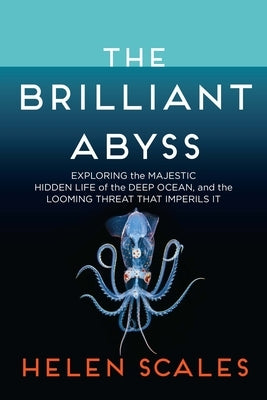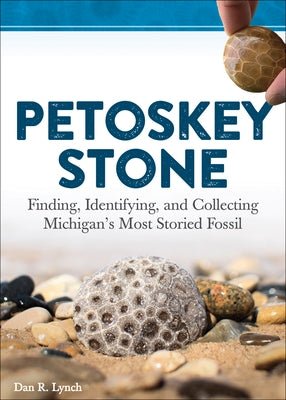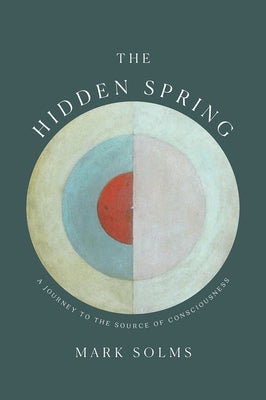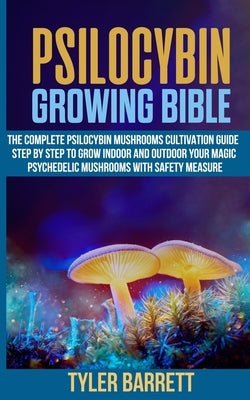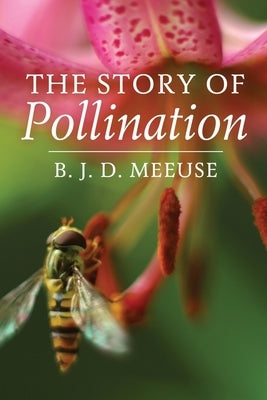"The works of Bernard Baars collected here are among the foundational texts of the scientific study of consciousness. Their influence in cognitive science and philosophy of mind is enormous, and their impact on my own thinking has been profound." --Murray Shanahan, Professor of Cognitive Robotics, Dept of Computing, ICL
Global Workspace Theory (GWT) began with this question: "How does a serial, integrated and very limited stream of consciousness emerge from a nervous system that is mostly unconscious, distributed, parallel and of enormous capacity?"
GWT is a widely used framework for the role of conscious and unconscious experiences in the functioning of the brain. A set of explicit assumptions that can be tested, as many of them have been. These updated works, from the recipient of INNS 2019 Hermann von Helmholtz Life Contribution Award, form a coherent effort to organize a large and growing body of scientific evidence about conscious brains.
Throughout human history, people have perceived the conscious brain as the great nexus of human life, of social relationships, of their personal identities and histories, in encounters with new challenges. Consciousness under its many labels and manifestations is widely seen to be one of the core mysteries of life. Many therapeutic approaches can be viewed in a global workspace framework, including traditional psychodynamics and depth psychology, but also cognitive behavioral techniques, and, indeed, many other kinds of carefully studied human functions. Making progress in understanding consciousness therefore has an endless number of implications - philosophical, metaphysical, scientific, medical, clinical, and practical.
A valuable reference for technical audiences and a vigorous intellectual hike for the layman." --Kirkus Reviews
How can we understand the evidence? The best answer today is a 'global workspace architecture, ' first developed by cognitive modeling groups led by Alan Newell and Herbert A. Simon. The term "global workspace" comes from Artificial Intelligence, where it refers to a fleeting memory domain that allows for cooperative problem-solving by large collections of specialized programs. Global Workspace Theory (GWT) therefore assumes that the brain can be viewed as a "society of mind."
Global Workspace (GW) theory is consistent with our current knowledge, and can be enriched to include other aspects of human experience.
- Stan Franklin and co-workers have built on GWT to sketch out a more general theory of cognition - LIDA: Cognitive Architecture's Computational Implementation of GWT.
- Stanislas Dehaene and Jean-Pierre Changeux in Paris developed experimentally testable models, making further testable claims about the brain basis of visual consciousness - The Dehaene-Changeux Model (DCM): Global Neuronal Workspace is Part of GWT.
Global Workspace Dynamics (GWD) is the most current version of GWT - attempting to account for complexities of the living brain. These updated works trace the beginnings of GWT/GWD through the continued rise of brain evidence and psychological understanding. On Consciousness is an indispensable addition to the library of both students and experts studying mind, brain, and behavior.
"Bernie Baars is a giant on whose shoulders the future science of consciousness will stand." --Antti Revonsuo, PhD, Professor of Cognitive Neuroscience, University of Skövde, Sweden
About the AuthorBaars, Bernard J.: - A former Senior Fellow in Theoretical Neurobiology at The Neurosciences Institute in La Jolla, CA., he is currently Editor in Chief of the Society for Mind Brain Sciences. Baars co-founded the Association for the Scientific Study of Consciousness and the Academic Press journal Consciousness & Cognition: An International Journal, which he also edited, with William P. Banks for fifteen years. Recipient of International Neural Network Society 2019 Hermann von Helmholtz Award recognizing scientific life contributions proven to be paradigm changing, which demonstrate outstanding research achievements in perception. In addition to research on global workspace theory with Professor Stan Franklin and others, Baars is working to re-introduce the topic of the conscious brain into the standard college and graduate school curriculum. Baars has also published on animal consciousness, volition, and feelings of knowing, and has published an approach to higher states, as defined in the meditation traditions. New brain recording methods continue to reveal unexpected evidence on those topics.
Geld, Natalie: - Creator of The Feeling Brain VisualCME series, Natalie founded MedNeuro to advance medical education in the neurobiology of emotion, and improve communication between highly specialized fields in science, medicine, the arts and humanities. Her work is influenced by decades of education design for public and private school systems, arts & literary organizations, and the general public, with productions and appearances viewed worldwide in major magazines and global networks. A science writer and editor, Natalie co-founded the Society for MindBrain Sciences and is the author of Sensual Intelligence: An Introduction to Your Body's Language. Editor of the peer reviewed journal Frontiers in Blockchain: Blockchain for Good, of Dr. Baars' latest book, On Consciousness: Science & Subjectivity, and co-author of an upcoming book with Baars for Oxford University Press about breakthroughs in consciousness science and the global workspace dynamics of the brain.



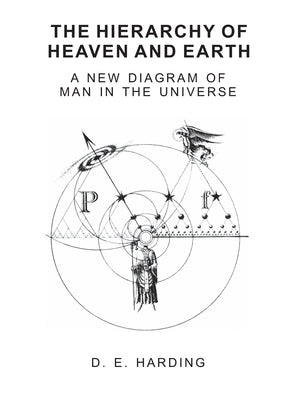




![IB Environmental Systems and Societies [ESS] Internal Assessment: The Definitive IA Guide for the International Baccalaureate [IB] Diploma by Mukhtar, Usama](http://surprisecastle.com/cdn/shop/files/img_8d3c1ee6-5f0c-41e5-954d-da5f19f63f51.jpg?v=1731081516&width=533)

























